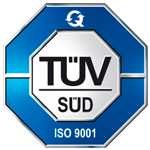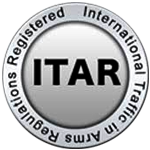Cnc Milled Parts Global Market Insights and Future Trends for 2025
In recent years, the manufacturing landscape has witnessed a significant transformation, largely driven by advancements in technology and increasing demand for precision-engineered components. Among these innovations, CNC milled parts have emerged as a cornerstone of modern production processes. These components, produced using Computer Numerical Control (CNC) machining, offer unparalleled accuracy and efficiency, making them indispensable in various industries such as aerospace, automotive, and medical devices. As we look towards 2025, understanding the global market insights and future trends surrounding CNC milled parts becomes crucial for businesses aiming to stay competitive in an ever-evolving marketplace.
As industries continue to innovate and expand, the demand for CNC milled parts is expected to surge, fueled by their versatility and the ability to meet stringent quality standards. This blog will explore the key trends shaping the CNC milled parts market, including emerging technologies, sustainability practices, and shifts in consumer preferences. By delving into these insights, we aim to provide a comprehensive overview of the challenges and opportunities that lie ahead, equipping businesses with the knowledge needed to navigate the future landscape of CNC milled parts effectively.
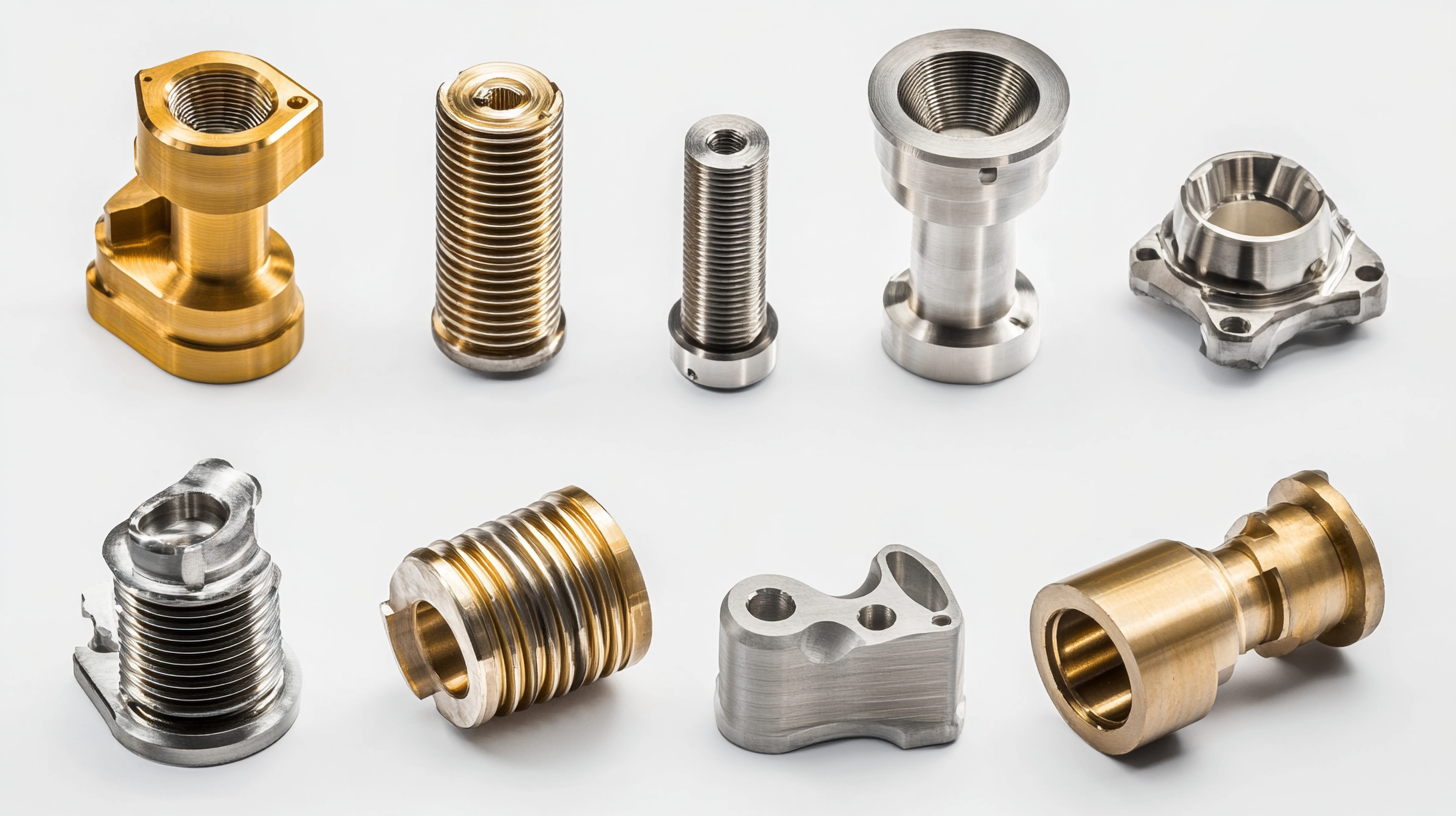
Key Drivers Shaping the CNC Milled Parts Market Landscape
The CNC milled parts market is experiencing a dynamic transformation driven by various key factors shaping its future landscape. One significant driver is the ongoing advancements in manufacturing technology, which enable higher precision and efficiency in production processes. The integration of Industry 4.0 principles, such as automation, data exchange, and smart manufacturing solutions, is revolutionizing traditional machining techniques and enhancing the capabilities of CNC milling systems. This technological evolution is expected to meet the increasing demand for customized and high-quality components across diverse industries. In addition to technological progress, the rising demand for lightweight and durable materials in sectors such as automotive, aerospace, and electronics plays a critical role in propelling the CNC milled parts market. As manufacturers seek to improve fuel efficiency and performance while reducing environmental impact, the need for innovative materials and precision-engineered components is on the rise. The market is also influenced by the growing trend of product miniaturization, which necessitates specialized machining capabilities to create intricate designs and complex geometries. Furthermore, the post-COVID-19 era has seen a resurgence in various industrial activities, contributing to increased investments in manufacturing and production capabilities. Companies are focusing on optimizing their supply chains and enhancing resilience, which positions CNC milling as a vital component in meeting future production demands. As the market evolves, stakeholders must stay attuned to these trends and adapt their strategies to harness the opportunities presented by the shifting landscape in CNC milled parts.
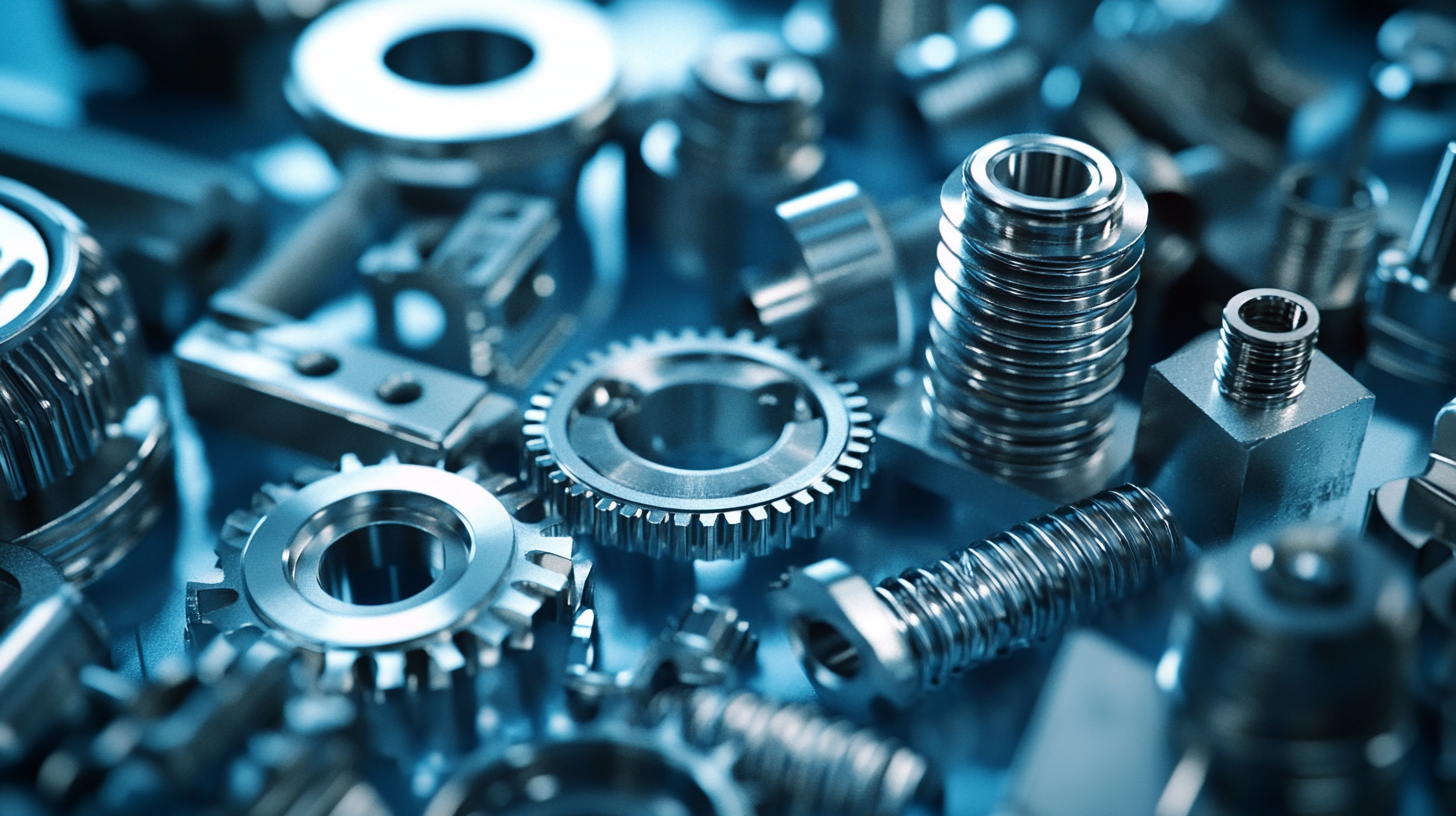
Emerging Technologies Influencing CNC Milling Processes
The CNC milled parts market is experiencing significant transformation, fueled by emerging technologies that are reshaping milling processes. According to a recent report by Allied Market Research, the global CNC milling machines market is projected to reach $100 billion by 2025, growing at a CAGR of 7.5% from 2018 to 2025. This growth can be largely attributed to advancements in automation, artificial intelligence (AI), and machine learning, which are enhancing efficiency and precision in CNC milling operations.
One of the most impactful technologies influencing CNC milling processes is the integration of AI-driven software that optimizes machining parameters in real-time. By utilizing predictive analytics, manufacturers can reduce downtime and anticipate maintenance needs, aligning with a trend noted in the latest Frost & Sullivan report, which states that smart manufacturing solutions can potentially decrease operational costs by up to 30%. Moreover, with the rise of Industry 4.0, the capacity for machines to communicate and coordinate seamlessly leads to improved production cycles and enhanced product quality.
Additionally, the incorporation of additive manufacturing techniques alongside traditional CNC milling is unlocking new possibilities for design and fabrication. Research from MarketsandMarkets highlights that this hybrid approach allows businesses to produce complex geometries and lightweight components, particularly in the aerospace and automotive sectors. As these industries increasingly demand customized solutions, CNC milling technologies are evolving to accommodate intricate specifications and reduce lead times, thereby positioning themselves at the forefront of the manufacturing renaissance leading up to 2025.

Regional Market Trends and Competitive Dynamics through 2025
The CNC milled parts market is poised for significant growth in the coming years, driven by advancements in technology and increasing demand from various industrial sectors. The report highlights the dynamic regional market trends that are expected to influence the landscape through 2025. For instance, North America and Europe are projected to maintain substantial market shares due to their established manufacturing bases and the presence of key players. In contrast, the Asia-Pacific region is anticipated to experience rapid growth, fueled by the rising adoption of CNC machining in emerging economies and the proliferation of automation technologies.
Competitive dynamics are also evolving in the CNC milled parts industry, with manufacturers focusing on enhancing their production capabilities and expanding their product offerings to cater to a diverse clientele. The market is characterized by a mix of established companies and startups, fostering innovation and increasing competition. Additionally, the integration of advanced materials and eco-friendly practices into the manufacturing process is becoming a critical differentiator among players in the market.
According to recent market projections, the CNC milled parts market is expected to reach significant valuation milestones by 2025. With substantial investments in research and development, stakeholders are looking to leverage new technologies such as artificial intelligence and machine learning to optimize production processes. This shift not only aims to improve efficiency and reduce costs but also addresses the growing demand for high-precision components across various applications, including automotive, aerospace, and electronics.
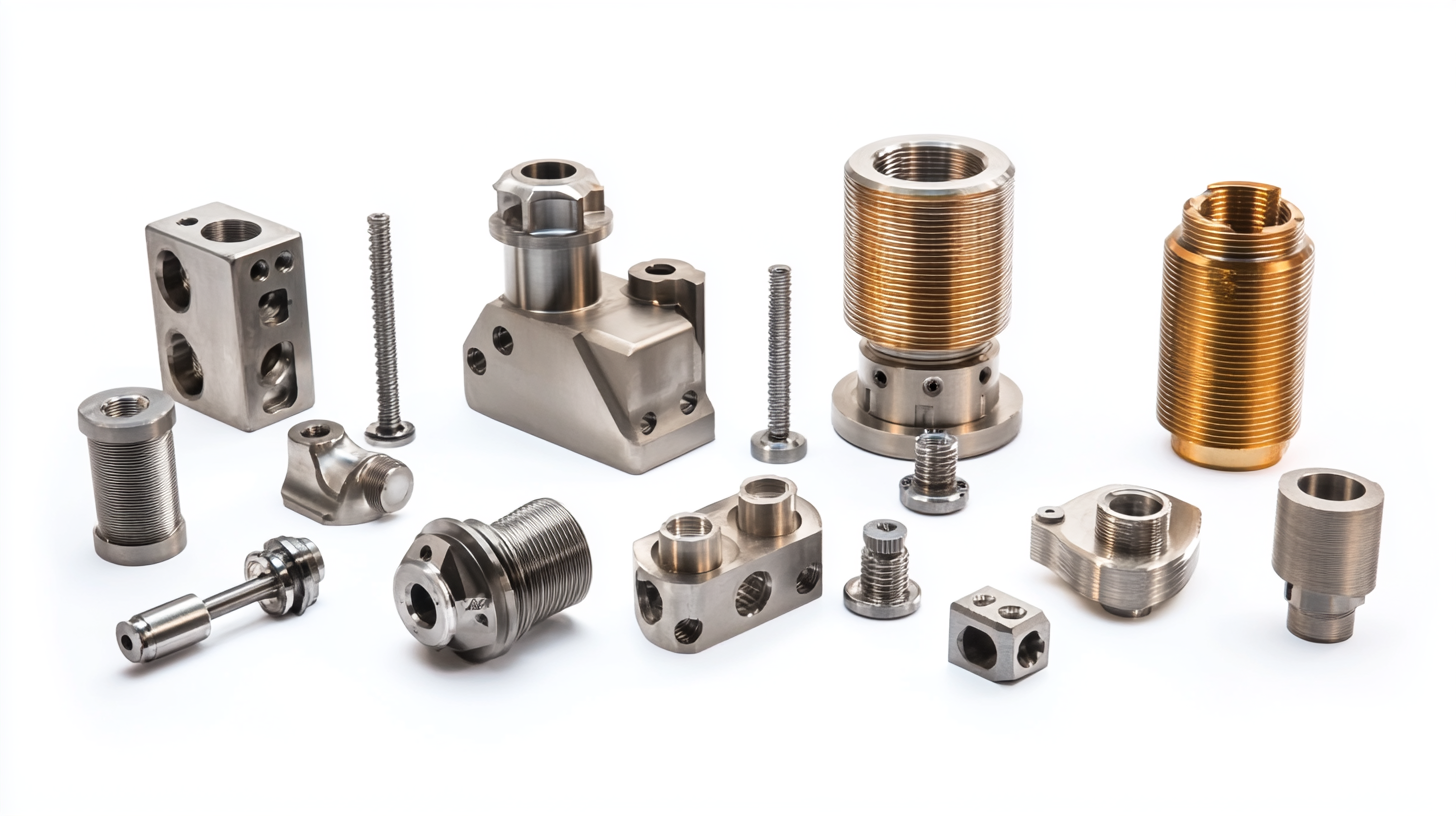
Sustainability and Environmental Considerations in CNC Milling
As concerns surrounding sustainability grow, the CNC milling industry is increasingly prioritizing environmental considerations in its operations. A recent evaluation of cutting environments for milling H13 tool steel highlighted the critical need for manufacturers to minimize their ecological impact. The study reported that adopting more sustainable practices can significantly reduce the negative environmental burdens associated with traditional milling processes, especially as industries grapple with the limited availability of natural resources.
Moreover, advancements in technology are paving the way for more environmentally friendly manufacturing. For instance, the integration of life cycle assessments into CAD/CAM systems enables manufacturers to evaluate the environmental footprint of their products throughout the entire production process. Such tools can lead to smarter decisions in material selection and machining techniques, resulting in a notable decrease in resource consumption and waste generation.
The shift towards sustainable practices is also reflected in the adoption of cutting fluids with lower environmental impacts. With today's manufacturing landscape under increasing scrutiny, companies are investing in research to develop cutting fluids that not only enhance performance but also align with sustainability goals. Reports indicate that eco-friendly cutting fluids can lead to significant reductions in harmful emissions and waste, reinforcing the industry's commitment to environmental stewardship.
As we look towards 2025, it is clear that the CNC milled parts market will continue to evolve, driven by sustainability trends and regulatory pressures. By embracing innovation and prioritizing sustainability, manufacturers can position themselves at the forefront of a more responsible future in CNC milling.
Future Applications and Innovations in CNC Milled Parts Industry
The CNC milled parts industry is poised for significant transformations in the coming years, driven by advancements in technology and an increasing demand for precision components across various sectors. One of the most exciting future applications lies in the sphere of aerospace and automotive industries, where the need for lightweight yet robust parts will accelerate innovation. The integration of advanced materials, such as carbon fiber composites and titanium alloys, allows for the manufacturing of components that meet stringent safety standards while enhancing performance and fuel efficiency.
Moreover, the rise of Industry 4.0 is set to revolutionize the production process of CNC milled parts. With the incorporation of IoT and artificial intelligence, manufacturers will achieve higher levels of automation, predictive maintenance, and real-time monitoring of processes. These innovations can lead to reduced waste, increased productivity, and the ability to customize parts based on individual consumer needs, thus opening new avenues for personalized production.
Another notable trend is the growing emphasis on sustainability within the CNC milling sector. As environmental concerns gain prominence, companies are exploring eco-friendly materials and energy-efficient manufacturing techniques. Innovations such as closed-loop recycling systems and renewable energy integration into production lines are expected to play a critical role in reducing the carbon footprint of CNC milled parts manufacturing, aligning the industry with the global movement towards sustainability.
NORTH EASTON MACHINE • 218 Elm Street • North Easton, MA 02356 • 508-238-6219

